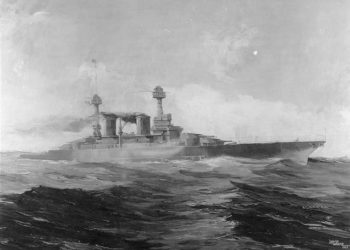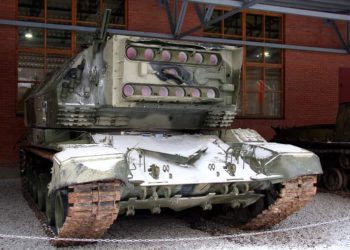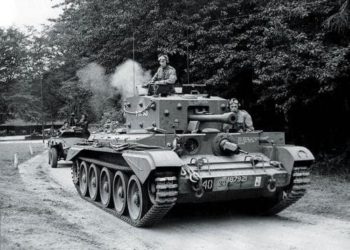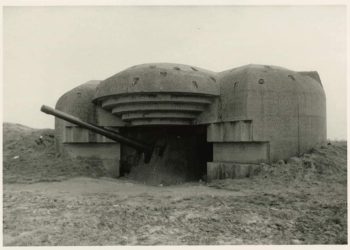The Würzburg Radar
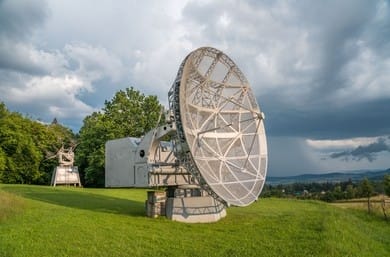
The Würzburg was the primary ground-based tracking radar for the Wehrmacht, Luftwaffe, and Kriegsmarine during World War II. Introduced in 1940 and emitting in low UHF frequencies, 4,000 units were built and deployed before the end of the war.
Performance and Variants During WWII
Early variants had a power of 8kw, a range of 70 kilometers, and could track items with a precision of 15 meters. By the middle of the war, those Würzburg radars had become bigger, more powerful, and more accurate, such as the FuMG 65 Würzburg-Riese variant.
Post-War Usage
By the end of the war, some of these radars were acquired by foreign entities for use in astronomy. Two Würzburg radars helped British scientists observe sunspots in the late 1940s. A handful of these units assisted Dutch scientists in the discovery of the Hydrogen Line, subsequently aiding the mapping of the spiral arms of the Milky Way in the early 1950s.
Scientific Contributions and Legacy
Two FuSE 65 Würzburg radars were acquired by the Ondřejov Observatory in Czechoslovakia in the mid-1950s. The first radar was used to measure solar radiation flux and was in operation up until 1994. The second unit was used to measure solar spectrum in the range of 100-1000 MHz and is still occasionally in use today!
– RBM



